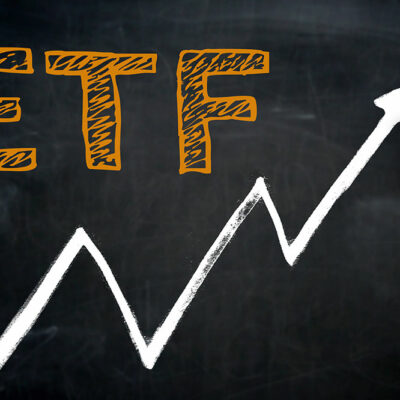
Foods to eat and avoid for asthma
A chronic respiratory disorder known as asthma is characterized by inflamed airways that make breathing challenging. Even though symptoms must be treated medically, certain foods can provide relief. On the other hand, some foods can worsen allergies and lead to painful symptoms. Vitamins C, D, and E, as well as selenium, fiber, and certain lipids, can help with asthma treatment. Here are the best foods for asthma patients to eat and stay away from.
Best foods for asthma
Carrots
Carrots high in beta-carotene and vitamin C also contain anti-inflammatory antioxidants that protect the lining of the airways. Vitamin C aids in preventing oxidative stress and damage to respiratory cells and fluids. It may be included in salads, cold-pressed juices, and smoothies. Additionally, they can be roasted or grilled; rapid heating ensures that they keep some crunch and more of the vitamin C that comes from carrots.
Sardines
Sardines are abundant in selenium, which has cell-protecting and antioxidant effects. It has been discovered to help reduce airway mucus secretion and control inflammatory airway conditions, especially when paired with vitamin E. Sardines provide 82% of the recommended daily intake in three ounces.
Citrus fruits
Citrus fruits with high vitamin C content, such as oranges, lemons, limes, and grapefruit, can be used in sweet and savory recipes. The high-water content of citrus fruits can also help with hydration, which has been shown to reduce asthma attacks caused by exercise.
Walnuts
Walnuts contain a high quantity of omega-3 fatty acids, which helps to protect the respiratory system from over-inflammation. This vegan option can be added to cereal, oat bowls, smoothies, granola, salads, and baked goods.
Almonds
Almonds are rich in vitamin E, which helps protect the respiratory system’s sensitive membranes. A serving of almonds has 45% of the recommended vitamin E.
Foods to avoid
Tree nuts and peanuts
The two most common asthma triggers are tree nuts and peanuts. Sift through food labels to determine whether foods contain or are processed in a facility that handles peanuts and tree nuts. Although nuts contain many vitamins and are beneficial to health, consult your doctor before eliminating them from your meal plans.
Processed meat
Excessive consumption of saturated fat-rich foods, such as salami, bacon, and sausage, can cause excessive inflammation throughout the body, including the lungs. Eat these foods in moderation to avoid flare-ups, and focus on lean meats, poultry, and fish to maximize protein consumption.
Shellfish
Shellfish contain sulfites, a common food allergen. Although the scientific cause is unknown, it is best to avoid this food to avoid asthma triggers and breathing issues.
Beans
Beans can cause significant bloating, putting pressure on the diaphragm and making breathing difficult, which may trigger an asthma attack. Also, avoid other foods that can cause gastrointestinal pain, such as carbonated beverages, cabbage, and fried foods.
Salicylates stuffed foods
Salicylates are a naturally occurring chemical component that might cause sensitivity in some people. It can be found in coffee, tea, curry, paprika, oregano, cayenne, and others. An allergy to salicylates may cause congestion and a runny nose.


